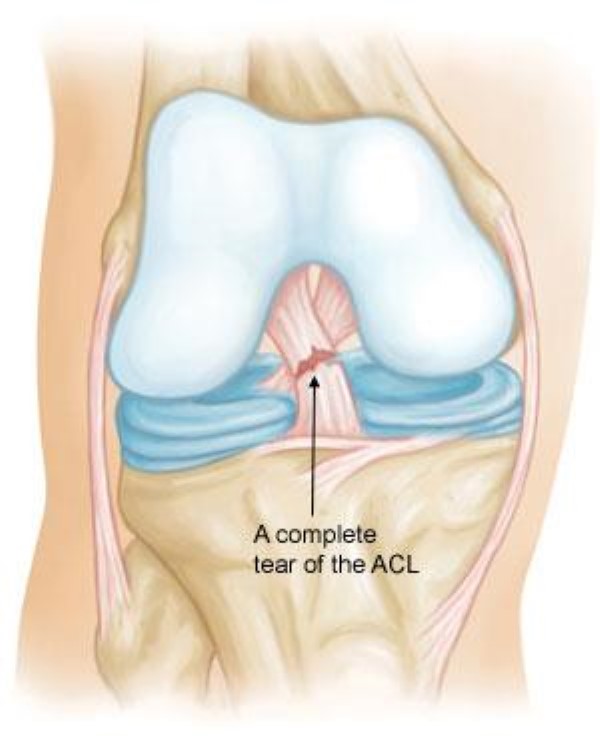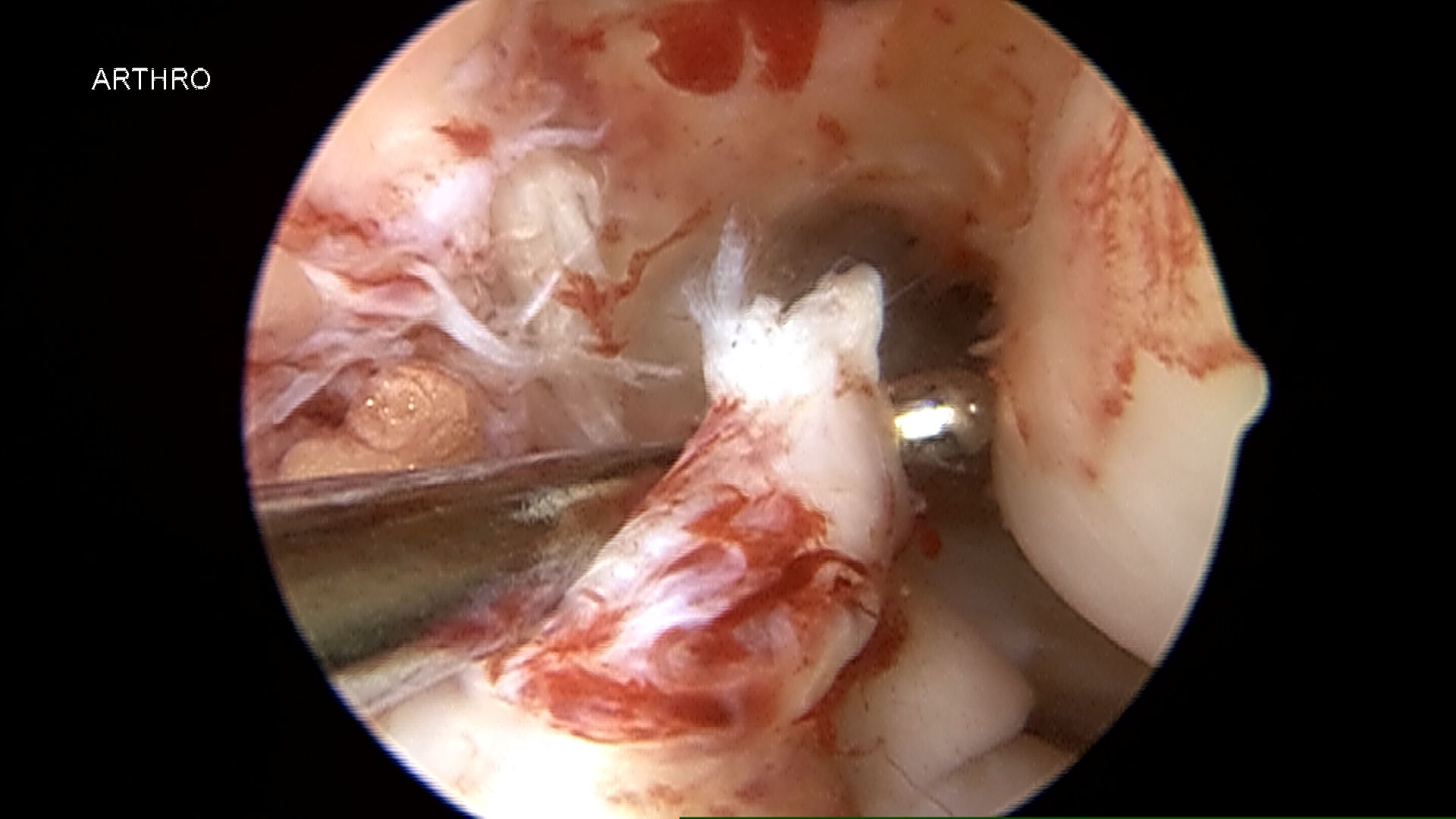ACL (anterior cruciate ligament) tears are one of the most common injuries among young athletes, especially teenagers involved in sports. The ACL is a crucial ligament in the knee that provides stability during movements like jumping, cutting, and pivoting. These movements are commonly seen in sports such as soccer, basketball, and football. But why are teenagers particularly prone to this injury? Several factors contribute to the higher risk of ACL tears in this age group.


1. Rapid Growth and Development
During the teenage years, the body undergoes significant changes such as growth spurts. As teenagers grow their bones often lengthen faster than their muscles and tendons. This can result in muscle imbalances and tightness, placing increased stress on the joints.
2. Lack of Neuromuscular Control
Neuromuscular control refers to the ability of muscles to respond appropriately to signals from the brain and work together to stabilize the body during movement. During teen age years, the body is still developing these fine motor skills and coordination. This can result in improper technique during physical activities.
3. High Participation in Competitive Sports
Today’s teenagers are often highly active in competitive sports, many which have intense physical demands. Sports like basketball, soccer, and football require frequent pivoting, cutting, and jumping. These movements put a significant amount of stress on the ACL. Additionally, many teens participate in year-round sports, which increases their overall exposure to injury risk.
4. Inadequate Conditioning and Prevention Programs
Many young athletes lack proper strength and conditioning training. Without a solid foundation of muscle strength and proper movement mechanics, the knee joint is less stable and more vulnerable to injury.
5. Overtraining and Fatigue
Fatigue is another significant factor that can lead to ACL tears in teenagers. As young athletes push themselves through long practices and games, their muscles can become fatigued. This can lead to poor form and slower reaction times. This lack of control makes them more prone to awkward landings or sudden directional changes that can strain the ACL.
6. Change from Grass fields to Artificial Turf
There has been an increase recently in school sports being played on artificial turf as compared to grass fields. This change has been shown to increase the risk of an ACL injury anywhere from 20-50% depending on the sport.

At Hand & Microsurgery Associates, we can evaluate and treat these injuries. Always feel free to reach out to us and make an appointment to discuss the best treatment options.
